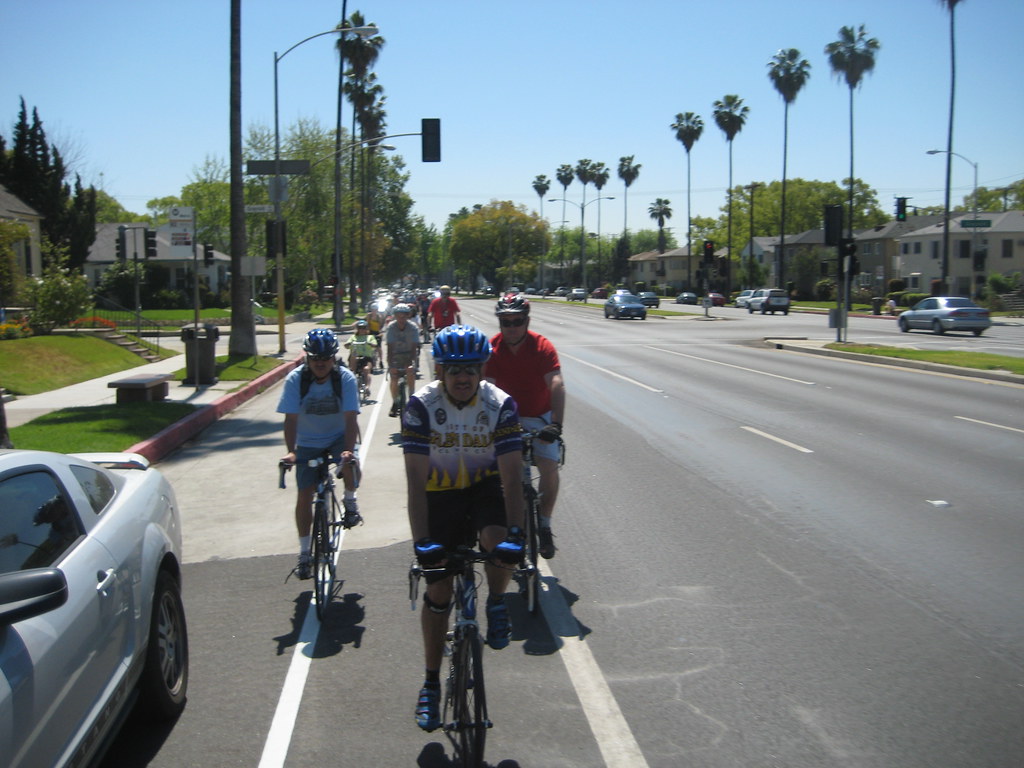Recently, a bike path plan, introduced by the City of Glendale, has been met with immense backlash. However, many argue this plan is beneficial for the city.
So which is it? Are these bike paths just a wolf in sheep’s clothing? Or are they the future of a better Glendale?
This transportation plan dictates a 90-mile bike path within Glendale, costing up to $500 million dollars over the next twenty years. Supporters of this plan argue that Glendale was once a “bike city” and that this plan will make transportation in the city much more efficient. But digging deeper, it is evident that this is a disaster waiting to happen.
Councilmember Ardy Kassakhian recently spoke on this bike plan. “I used to ride a bicycle in Glendale,” he said. “I learned to ride a bicycle in Glendale, after my parents moved here, when I was in fourth grade. Kids used to ride their bikes all over Glendale. We were a city of bike riders.”
While this sentiment is heartwarming, the Glendale today is no longer the Glendale where Kassakhian grew up. We now live in a traffic-ridden city, and bike paths are not the solution. With the addition of businesses and points of interest, like the Americana at Brand, Glendale does not have the potential to become a “bike city.”
Glendale is known for its traffic congestion, particularly on major areas like the 134 Freeway, Glenoaks Boulevard, and Brand Boulevard. Increased bike lanes could potentially reduce available lanes for cars, exacerbating existing traffic issues. Most Glendale residents commute by car, with only a small percentage using bicycles or walking as their primary mode of transportation. Many Glendale residents have lifestyles that require the use of a car, such as families with young children, the elderly, or people with mobility issues.
Cars offer the convenience of carrying groceries, strollers, sports equipment, or other heavy items that would be impractical to transport by bike or public transportation. Additionally, for those who work outside of Glendale or have to commute long distances, cars are often seen as a necessity rather than a choice.
People, people, and more people. Glendale has a lot of people.
According to the 2020 U.S. Census, Glendale had a population of over 196,000. This puts Glendale as the fourth most populous city in Los Angeles County, and the twenty-fourth most populous city in the State of California.
This high density has created significant challenges when planning for new infrastructure, such as bike paths, as there is limited space to accommodate them, without removing or narrowing car lanes or sidewalks. In densely populated urban areas, even minor changes in road allocation can have a significant impact on traffic flow and accessibility. Given these constraints, the addition of bike lanes will lead to unintended consequences, such as increased congestion or reduced pedestrian safety.
Speaking of which, the safety of our residents is among the most significant factors to consider in bike paths. Road safety is a major concern in Glendale, which has a troubling history of traffic accidents. The California Office of Traffic Safety has reported over 1,000 traffic collisions involving injuries or fatalities in 2021 alone, reflecting the high-risk environment on Glendale’s streets. Introducing bike lanes in such a setting could increase the likelihood of accidents involving cyclists, especially since many drivers are not accustomed to sharing the road with bikes.
In an article published by ValuePenguin, Glendale has the second highest car insurance rates in California, and CBS News also put Glendale on a list as one of the most expensive car insurance cities in California. Glendale’s notorious record of car accidents, and lack of road safety, could create a hazardous situation for both cyclists and motorists, increasing the potential for conflicts and collisions if bike paths are installed.
Councilmember Dan Brotman went on a rant about the opposition to bike paths, saying, “It’s about the nationalization of this issue, the MAGA-fication of what should be common sense local decisions.” This may be news to Brotman, but bike lanes are not a radical MAGA-fication issue. This is a public issue, and both Republicans and Democrats should support the safety and comfort of Glendale residents.
But is the public really on Brotman’s side here? According to DataUSA, about 92.01% of Glendale residents either use a personal vehicle for commuting or work from home. Not including public transit, taxis, and other means of transport, this percentage reflects the relatively small portion of the population choosing bicycles as their primary mode of transportation, compared to the vast majority of those who rely on cars. These people include families, long-distance commuters, emergency service providers, doctors, lawyers, and everyday hard-working residents, who depend on vehicle transportation.
In fact, Glendale council members have received thousands of emails opposing the bike paths. Dan Brotman has dismissed these emails, and has proceeded to only mention the very few pro-bike path emails he has received. This just reveals the hypocrisy and stubbornness of our city government, who stick by the side of a small percentage of people, while dismissing the majority population.
New footage comes out, day after day, showing bike lanes in Glendale not being used, and only taking up space. Just watch the YouTube videos of the City Council meetings. In meeting after meeting, Glendale residents show their disapproval of this project, and yet our City council members ignore their constituents.
A car is a necessity, not a punishment, and implementing these bike paths will very evidently harm our city.












